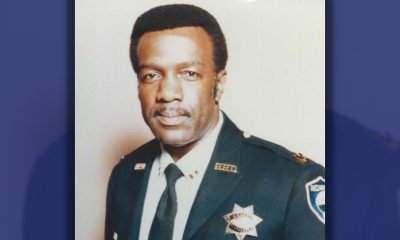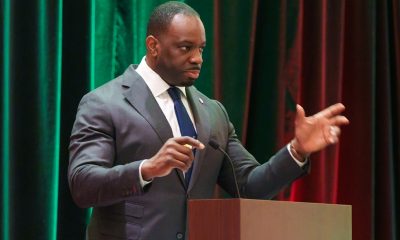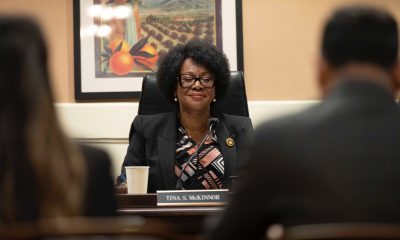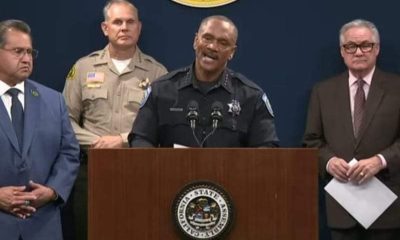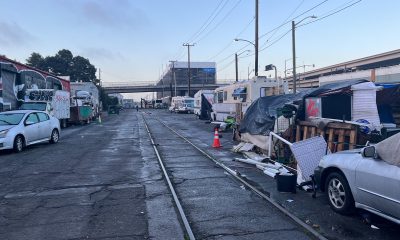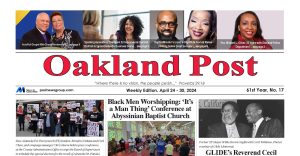Bay Area
San Francisco Public Safety Initiative to Disrupt Open-Air Drug Markets Seizing Fentanyl at Record Levels
On June 21, Mayor London Breed announced progress from the City’s multiagency initiative to address open-air drug markets made up of local, state, and federal public safety partners focused on a more coordinated enforcement and disruption of illegal activities.

SFPD has seized over 60 kilos of fentanyl this year so far – an increase of 160% over the same period last year and more than 640% since 2021
S.F. Mayor’s Office of Communication
On June 21, Mayor London Breed announced progress from the City’s multiagency initiative to address open-air drug markets made up of local, state, and federal public safety partners focused on a more coordinated enforcement and disruption of illegal activities.
As part of this work, SFPD has focused enforcement in the Tenderloin and South of Market area, where officers have seized over 60 kilos of fentanyl so far this year, amounting to over 30 million lethal doses of the deadly drug.
This is an increase of 160% over the same time period last year, and more than 640% seized year over year since 2021.
Additionally, 28% of those cited for public drug use under new enforcement efforts have had existing warrants for other crimes and are now being charged under those warrants. Only 8% cited for public drug use identified as San Francisco residents.
This effort is part of Mayor Breed’s commitment to enforcing laws to make our streets safer for residents, small businesses, and workers, to offering help to people in crisis, and holding people accountable for the harm that they do to everyone when they refuse help and continue to deal or use in public.
This initiative is focused on addressing drug markets in three key areas: open drug sales, public drug use, and fencing of stolen goods in drug market areas.
“Shutting down open-air drug markets is critical to the safety of our neighborhoods and the overall health of our City,” said Breed. “The work that our city agencies and state and federal partners are doing to confront this crisis has to be sustained and expanded and we can’t continue to accept the existence of these drug markets on our streets. We will continue to offer help to people in crisis, but we must hold people accountable who are hurting our communities.”
Coordinated Response to Fentanyl
A coordinated City initiative to address open-air drug markets led by the Department of Emergency Management (DEM) began ramping up in April. Starting June 12, this effort expanded to include more city agencies as well as regional and state partners, and is focused on enforcing existing laws, as well as continuing street outreach and offers of services to those in need of care.
DEM is coordinating local and state agencies involved in this effort, including enforcement agencies such as the San Francisco Police Department (SFPD), the San Francisco Sheriff’s Office (SFSO), the San Francisco District Attorney’s Office, the Adult Probation Department, the California Highway Patrol (CHP), and the California National Guard.
It also involves agencies providing outreach and services, including the Department of Public Health (DPH), Human Services Agency (HSA), and the Department of Homelessness and Supportive Housing (HSH).
Open Drug Sales
In the first six months of 2023, SFPD has focused enforcement efforts in the Tenderloin and South of Market areas. This work has yielded in these areas alone:
- 390 arrests for sale
- 61 kilograms of fentanyl seized
- 95 kilograms of narcotics seized
This data does not include arrests and seizures in other parts of San Francisco. Through ongoing City public safety coordination, the agencies will work more closely with state and federal law enforcement partners to identify and arrest drug dealers and traffickers, disrupt the supply chain, and reduce the profitability of this criminal operation.
Last week, the CHP announced the seizure of 4 kilograms of fentanyl since May 1 when the state of California announced its plans to direct resources to San Francisco to support efforts targeting open-air drug markets. The California National Guard has been deployed to provide investigative support for dismantling drug rings.
U.S. House of Representatives Speaker Emerita Nancy Pelosi has also announced that San Francisco will be included in Operation Overdrive, a federal initiative under the Department of Justice that deploys federal law enforcement resources to help local and state authorities identify and dismantle criminal drug networks.
Public Drug Use
SFPD and SFSO have launched a new coordinated effort to arrest and detain those who pose a danger to themselves and to others through their public drug use. Between May 30 and June 18, this team of officers trained to identify narcotics use completed 58 total encounters, resulting in five medical transports to local hospitals, 11 misdemeanor citations, and 42 misdemeanor bookings into county jail for temporary detention due to narcotics intoxication.
Of the 53 cited or booked for public drug use:
- 28% had outstanding warrants. These individuals were then held on these warrants. Only one of these 15 individuals identified as San Francisco residents.
- 8% overall identified as San Francisco residents. 51% came from another California county, and 34% came from out of state. The remaining came from out of country or didn’t identify their residency.
None of those detained under public intoxication laws accepted services for treatment offered to them upon release. Anyone detained in San Francisco’s jails are supported by Jail Health Services and offered access to voluntary services upon release.
Additionally, City health and homelessness outreach teams will continue routine daily outreach to offer services and treatment linkages in targeted neighborhoods.
Next Steps
As part of the City’s efforts to streamline and coordinate efforts, regular data updates on key metrics around these efforts will be shared publicly as they become available.
The Mayor’s Budget, which is currently before the Board of Supervisors, provides key funding to continue this work, as well as broader support for law enforcement and public health needs.
Activism
Oakland Post: Week of April 24 – 30, 2024
The printed Weekly Edition of the Oakland Post: Week of April 24 – 30, 2024
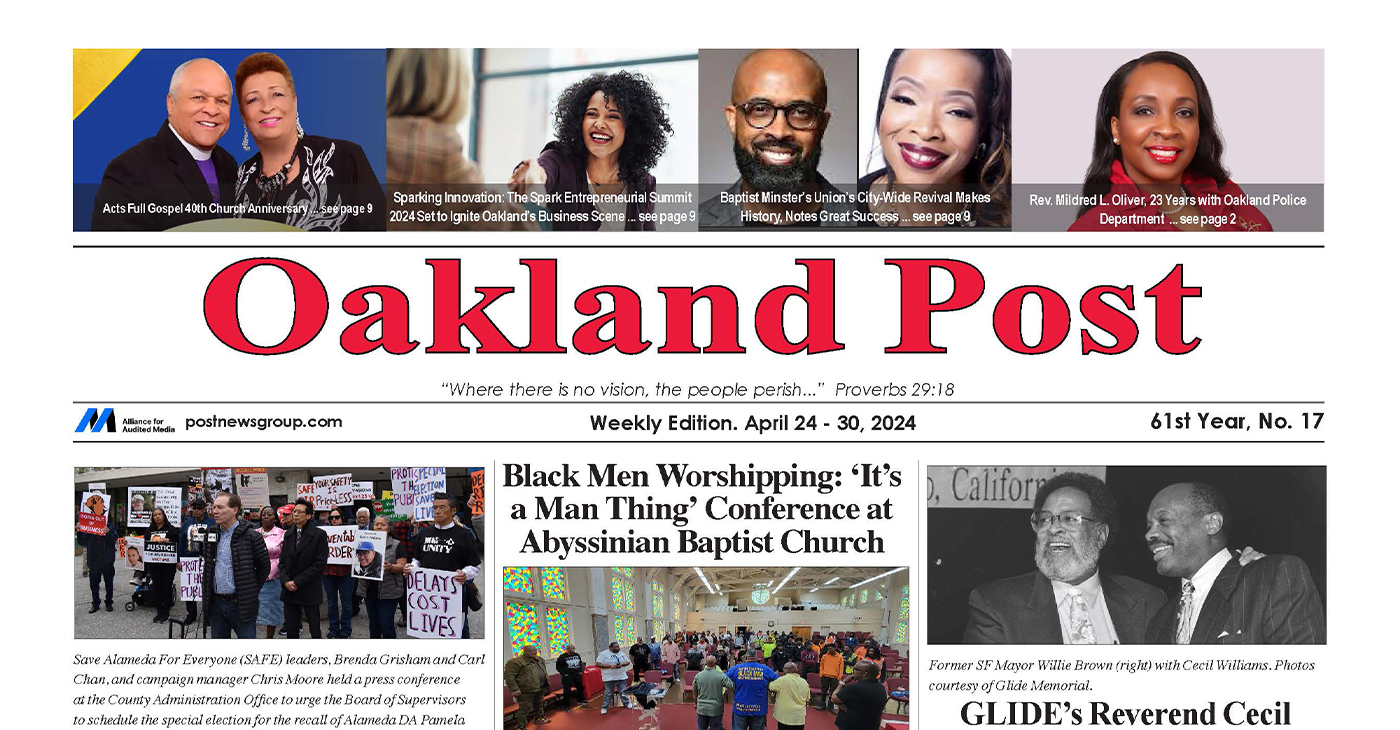
To enlarge your view of this issue, use the slider, magnifying glass icon or full page icon in the lower right corner of the browser window. ![]()
Alameda County
DA Pamela Price Stands by Mom Who Lost Son to Gun Violence in Oakland
Last week, The Post published a photo showing Alameda County District Attorney Pamela Price with Carol Jones, whose son, Patrick DeMarco Scott, was gunned down by an unknown assailant in 2018.
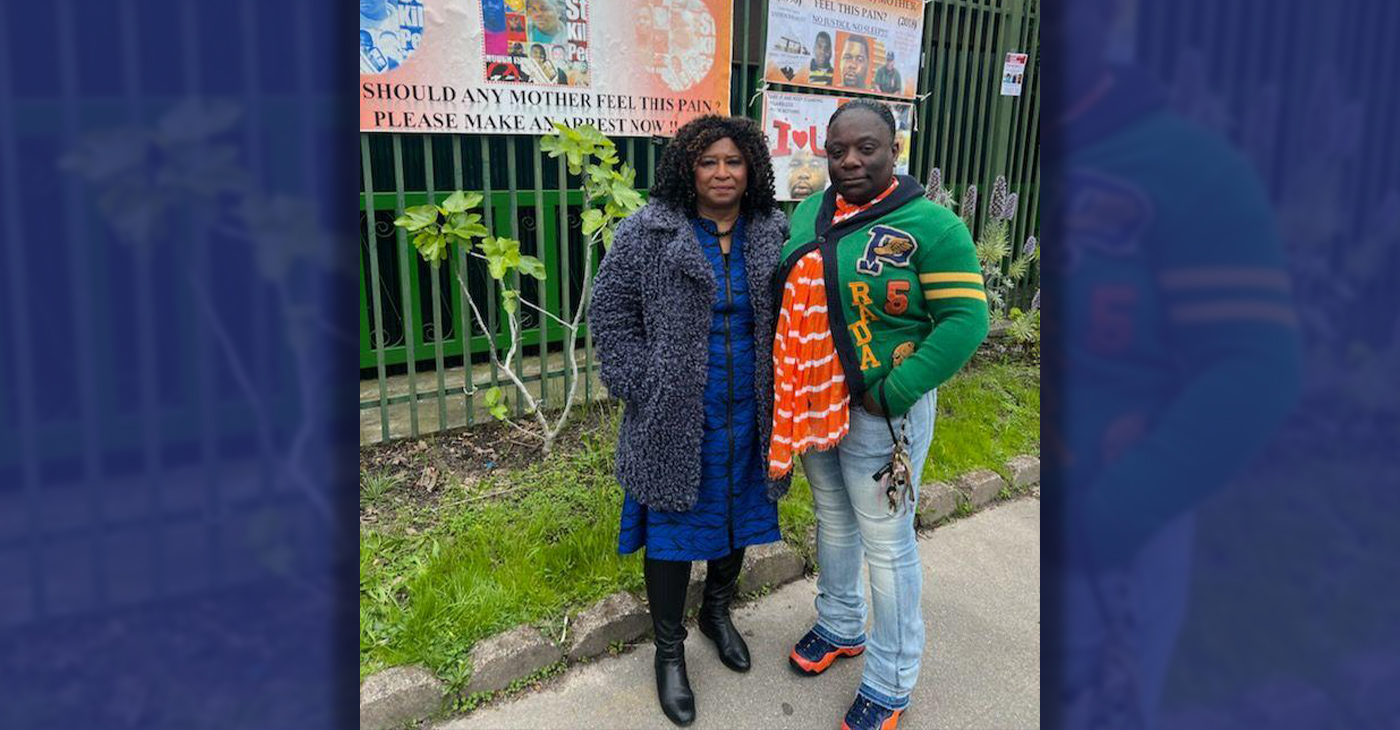
Publisher’s note: Last week, The Post published a photo showing Alameda County District Attorney Pamela Price with Carol Jones, whose son, Patrick DeMarco Scott, was gunned down by an unknown assailant in 2018. The photo was too small for readers to see where the women were and what they were doing. Here we show Price and Jones as they complete a walk in memory of Scott. For more information and to contribute, please contact Carol Jones at 510-978-5517 at morefoundation.help@gmail.com. Courtesy photo.
Bay Area
State Controller Malia Cohen Keynote Speaker at S.F. Wealth Conference
California State Controller Malia Cohen delivered the keynote speech to over 50 business women at the Black Wealth Brunch held on March 28 at the War Memorial and Performing Arts Center at 301 Van Ness Ave. in San Francisco. The Enterprising Women Networking SF Chapter of the American Business Women’s Association (ABWA) hosted the Green Room event to launch its platform designed to close the racial wealth gap in Black and Brown communities.
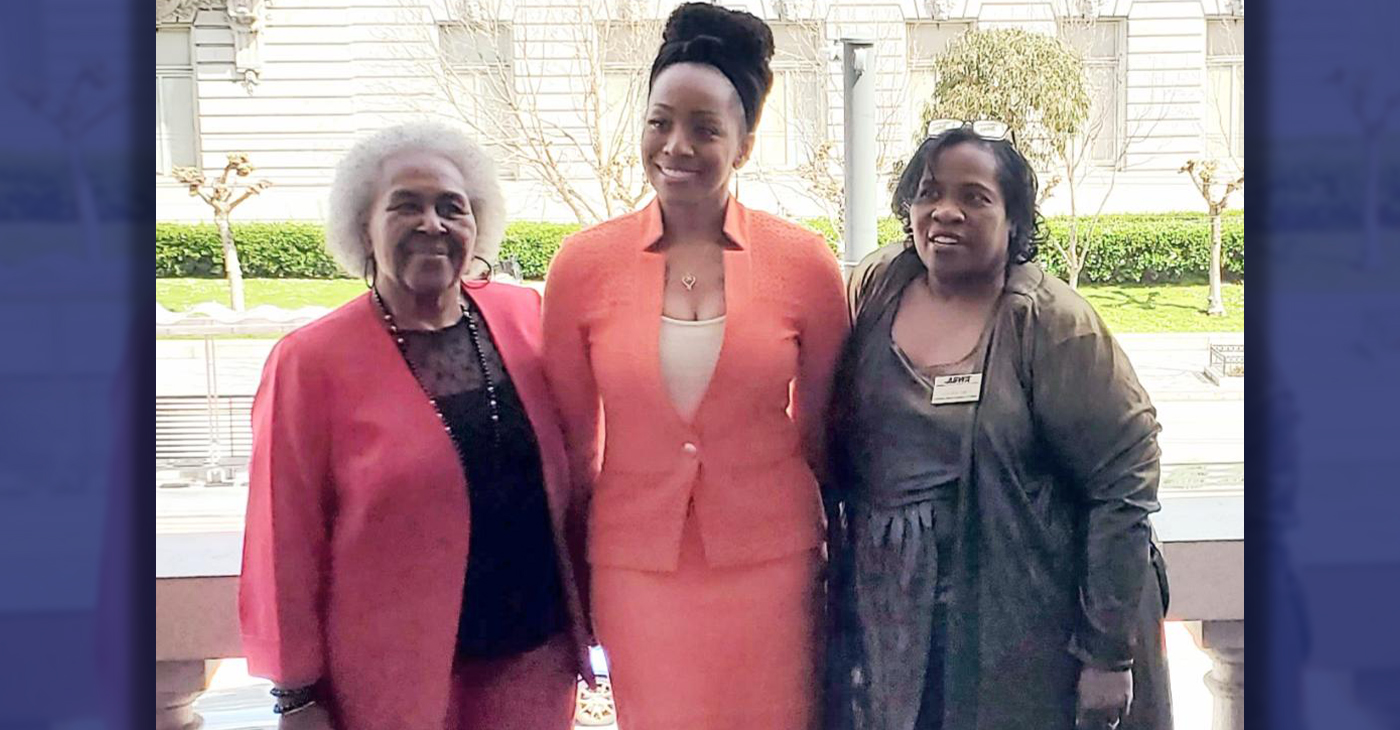
By Carla Thomas
California State Controller Malia Cohen delivered the keynote speech to over 50 business women at the Black Wealth Brunch held on March 28 at the War Memorial and Performing Arts Center at 301 Van Ness Ave. in San Francisco.
The Enterprising Women Networking SF Chapter of the American Business Women’s Association (ABWA) hosted the Green Room event to launch its platform designed to close the racial wealth gap in Black and Brown communities.
“Our goal is to educate Black and Brown families in the masses about financial wellness, wealth building, and how to protect and preserve wealth,” said ABWA San Francisco Chapter President LaRonda Smith.
ABWA’s mission is to bring together businesswomen of diverse occupations and provide opportunities for them to help themselves and others grow personally and professionally through leadership, education, networking support, and national recognition.
“This day is about recognizing influential women, hearing from an accomplished woman as our keynote speaker and allowing women to come together as powerful people,” said ABWA SF Chapter Vice President Velma Landers.
More than 60 attendees dined on the culinary delights of Chef Sharon Lee of The Spot catering, which included a full soul food brunch of skewered shrimp, chicken, blackened salmon, and mac and cheese.
Cohen discussed the many economic disparities women and people of color face. From pay equity to financial literacy, Cohen shared not only statistics, but was excited about a new solution in motion which entailed partnering with Californians for Financial Education.
“I want everyone to reach their full potential,” she said. “Just a few weeks ago in Sacramento, I partnered with an organization, Californians for Financial Education.
“We gathered 990 signatures and submitted it to the [California] Secretary of State to get an initiative on the ballot that guarantees personal finance courses for every public school kid in the state of California.
“Every California student deserves an equal opportunity to learn about filing taxes, interest rates, budgets, and understanding the impact of credit scores. The way we begin to do that is to teach it,” Cohen said.
By equipping students with information, Cohen hopes to close the financial wealth gap, and give everyone an opportunity to reach their full financial potential. “They have to first be equipped with the information and education is the key. Then all we need are opportunities to step into spaces and places of power.”
Cohen went on to share that in her own upbringing, she was not guided on financial principles that could jump start her finances. “Communities of color don’t have the same information and I don’t know about you, but I did not grow up listening to my parents discussing their assets, their investments, and diversifying their portfolio. This is the kind of nomenclature and language we are trying to introduce to our future generations so we can pivot from a life of poverty so we can pivot away and never return to poverty.”
Cohen urged audience members to pass the initiative on the November 2024 ballot.
“When we come together as women, uplift women, and support women, we all win. By networking and learning together, we can continue to build generational wealth,” said Landers. “Passing a powerful initiative will ensure the next generation of California students will be empowered to make more informed financial decisions, decisions that will last them a lifetime.”
-
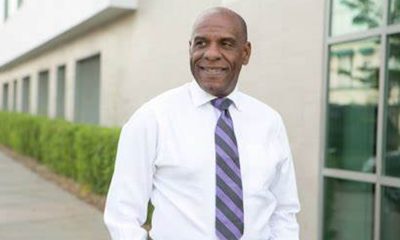
 Community2 weeks ago
Community2 weeks agoFinancial Assistance Bill for Descendants of Enslaved Persons to Help Them Purchase, Own, or Maintain a Home
-
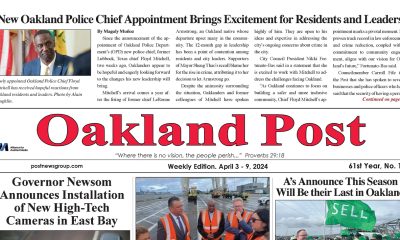
 Activism3 weeks ago
Activism3 weeks agoOakland Post: Week of April 3 – 6, 2024
-

 Business2 weeks ago
Business2 weeks agoV.P. Kamala Harris: Americans With Criminal Records Will Soon Be Eligible for SBA Loans
-
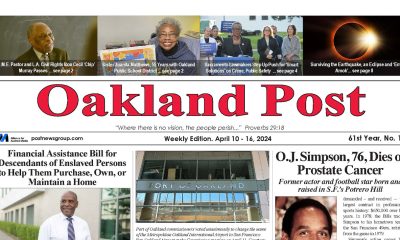
 Activism2 weeks ago
Activism2 weeks agoOakland Post: Week of April 10 – 16, 2024
-
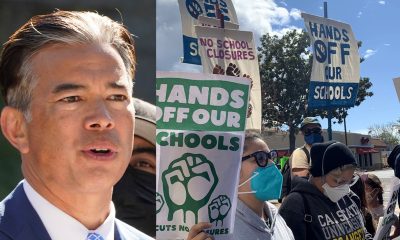
 Community2 weeks ago
Community2 weeks agoAG Bonta Says Oakland School Leaders Should Comply with State Laws to Avoid ‘Disparate Harm’ When Closing or Merging Schools
-

 Community1 week ago
Community1 week agoOakland WNBA Player to be Inducted Into Hall of Fame
-
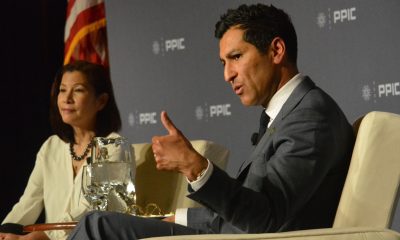
 Community2 weeks ago
Community2 weeks agoThe Year Ahead: Assembly Speaker Rivas Discusses Priorities, Problems
-
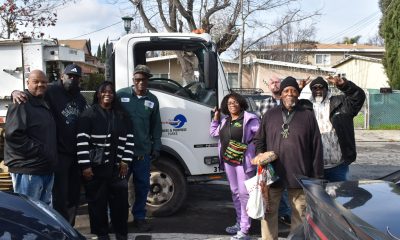
 Community1 week ago
Community1 week agoRichmond Nonprofit Helps Ex-Felons Get Back on Their Feet



